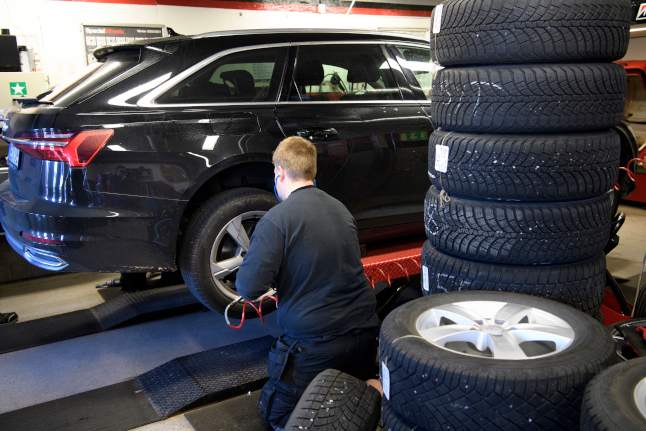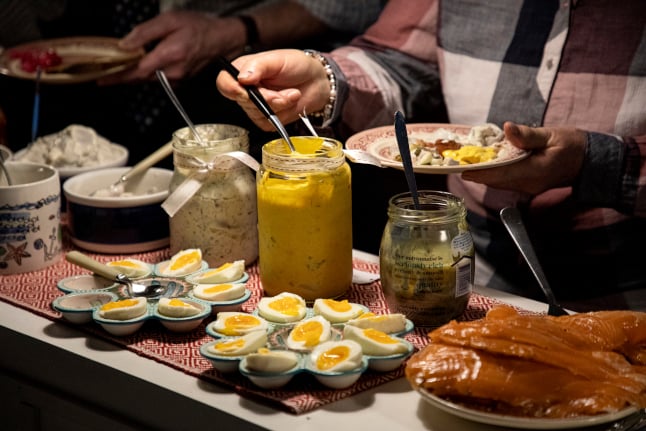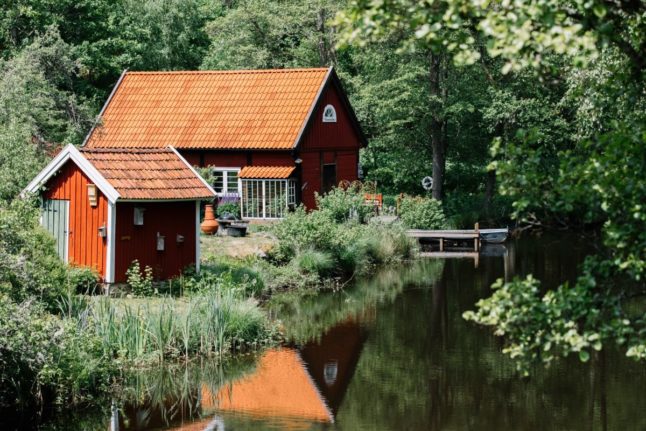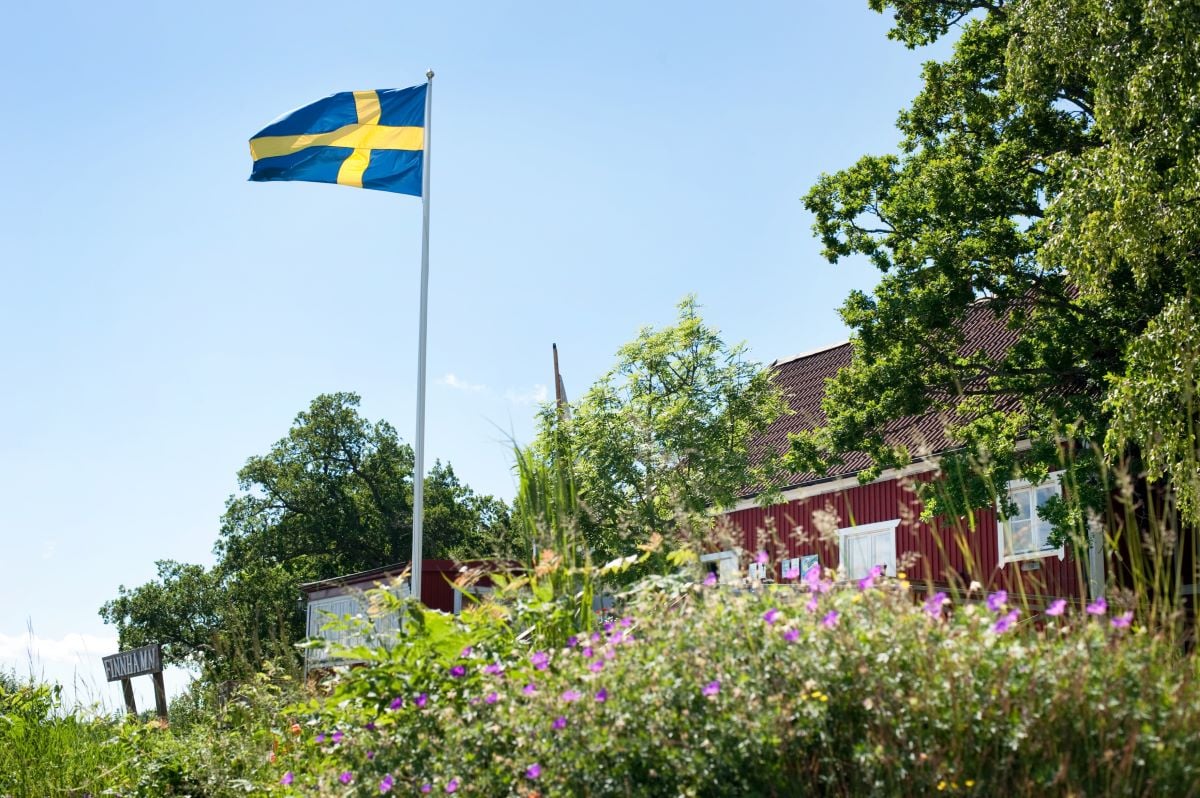Swedish residence applications open for Brits
The transition period following the UK's departure from the European Union is set to come to an end on December 31st, so there are a few important changes and dates to keep in mind for Brits in Sweden.
On December 1st, both online and downloadable forms will be posted to the Migration Agency's website, which British citizens who need to apply for a new residence status in Sweden should use. If you fall into that category, you should send in a copy of your passport or national ID card, and documents that show that you had a right of residence in Sweden before December 31st, 2020, and that you still have it thereafter. You can read more here.
The Migration Agency will start processing applications in January, but Brits have until September 30th, 2021, to apply for the new residence status. During the time that you are waiting on a decision, you have the same rights as EU citizens and can continue to live and work in Sweden, as long as you moved before December 31st.
EXPLAINED: How can Brits apply for residency in Sweden post-Brexit? https://t.co/i8OphNbU9F
— The Local Sweden (@TheLocalSweden) November 25, 2020
Don't forget to change to winter tyres
Swedish law states that all cars must be equipped with winter tyres between December 1st and March 31st if the weather conditions require it, for example if there's snow or ice on the road. If your car doesn't have them or if they are not up to scratch (the tread depth should be at least three millimetres), you risk a fine of 1,200 kronor.
There are two categories of winter tyre: studded and stud-free. You can use either, but in general, studded tyres are better suited for icy roads or on surfaces with hard-packed snow, while stud-free tyres work better on soft snow. Note that studded tyres are illegal on some streets in major Swedish cities for air pollution reasons.

Drivers, don't forget to change to winter tyres. Photo: Henrik Montgomery/TT
New corona Christmas guidelines?
Sweden's regionally-adapted coronavirus guidelines are currently in place until December 13th, but could be extended beyond that. What's more likely, however, is that the Public Health Agency will issue new national guidelines in the coming weeks about how people should behave around Christmas.
It is not yet clear what these recommendations will entail. At the time of writing, people in Sweden are urged not to socialise with people outside their household (people living alone may choose one or two people to meet, at a safe distance), and no public gatherings of more than eight people are allowed.
Some regions are currently urging people not to travel, but there are no nationwide recommendations against travel, although people are urged to travel responsibly and for example avoid crowded public transport.

The traditional Christmas julbord are unlikely to go ahead as normal this year. Photo: Christine Olsson/TT
Is it ok to travel from Sweden?
The Swedish foreign ministry is expected to update its advisory on international travel soon, because the current recommendations against non-essential travel to Estonia, Ireland and Latvia will otherwise expire on December 2nd.
The foreign ministry's advisory is not a legally binding ban (and is based on restrictions in other countries rather than the risk of coronavirus), but has other implications that residents in Sweden may want to take into account before deciding to travel, for example that your travel insurance may not be valid if you disregard the advice.
There are of course other reasons to avoid non-essential travel, but the foreign ministry has previously lifted the advice against travel to other countries in the EU, EEA or Schengen area, as well as the UK. Advice against travel to countries outside this region is in place until at least January 31st, 2021, based on an earlier decision.

Sweden is expected to update its advice on international travel soon. Photo: Fredrik Sandberg/TT
And what about travel to Sweden?
Sweden's entry ban from outside the EU is currently in place until December 22nd. There are several categories of travellers who are exempted from the ban, for example certain countries and people travelling to Sweden to live, work or study. You can read more about all the various exceptions on the police authority's website.
The ban is based on the EU's recommendations to member states. Border control remains a national competence and is not decided at EU level, so its decisions are not legally binding for member states, but Sweden generally follows the recommendations.
Travel within the EU is allowed for any reason. It has not yet been decided whether or not the UK will be included on the list of third countries exempted from travel restrictions after the transition period ends on December 31st.
Sweden does not have any quarantine rules in place for foreign visitors and no proof of a negative coronavirus test is required. However, everyone is expected to follow coronavirus health and safety guidelines, such as social distancing and avoiding public transport, especially at busy times.





 Please whitelist us to continue reading.
Please whitelist us to continue reading.
The link on migrationsverket seems to be broken – directed me to the form for “frontier workers”, not for “E-service for residence status”. I’m sure they will get that sorted soon.